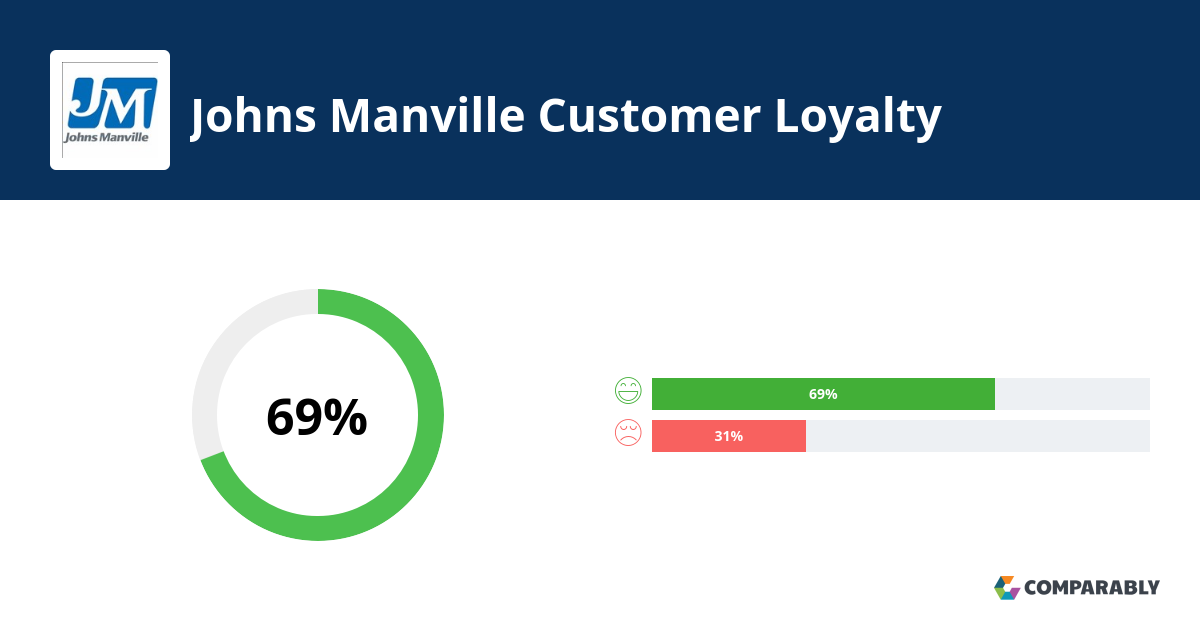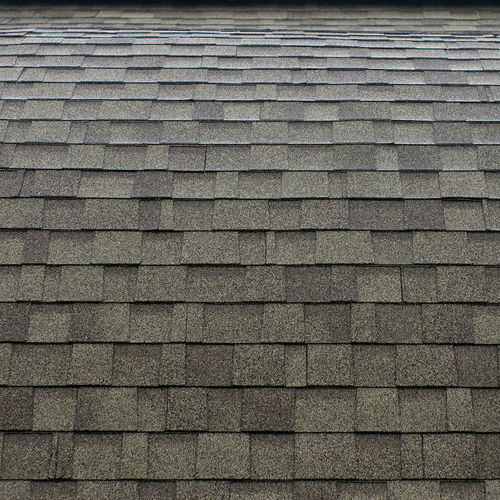
Protecting asphalt from the sun is one of the reasons a building should have a roofing cover sheet. Constant exposure to sunlight weakens the asphalt, making it crack and break easily. Also, water can get through the cap sheet and cause damage to the structure if it is not properly installed. Cap sheets protect asphalt from the sun. They can be used as an added ply to help asphalt retain its flexibility.
Cap sheets aren't just placed on top of existing roofing materials. Instead, cap sheets are fused with the existing roof to increase the durability and impermeability of the roof, thus increasing the building's lifetime. Extra material is often added between layers to form a strong bond. Heat welding can be used in some cases to bond the cap sheet to the roofing system. This makes the entire process quicker and easier.

There are many varieties of roofing sheets. Some are suitable for retrofit while others are designed for new construction. Some include light-colored mineral surfaces, which create a white roofing. This type of roofing material is reflective and helps keep buildings cool. These products can be used with many different roof types. You can make a huge investment by choosing the right one to suit your building's style and climate.
Roofing cap sheets are made of several layers of material glued together with hot asphalt. Their mineral surface makes them an easy-to-repair option for roofs. They can last decades and are cheaper than other materials. They have a light-colored, mineral-based surfacing that allows them reflect heat and reduce urban heat island effect. These materials are made from natural rubber or rubber derivatives. They add flexibility and cushion hail's impact.
Roofing cap sheets are used for low-sloped roofs. They protect buildings and are cheaper than other roofing materials. They can also be made up of multiple layers of roofing felt and are often referred to as "90lb". The top layer in a BUR roof is called the cap sheet. The cap sheet protects all layers beneath a BUR roofing roof.

The roofing cap is an important part of any roof. The roofing cap sheet provides protection to the roofing membrane. You must also choose the correct type of roof fasteners. The correct type of fasteners can stop the cap from slipping. It is vital to fasten a cap sheet securely to prevent leaks from occurring in the future. A well-fastened sheet can be a great choice in any roofing project.
FAQ
Do I need an architect or builder to help me?
You might find it easier to hire someone to do your home renovations. However, if you are planning to buy a new home, then hiring an architect or builder will help you make sure that you get exactly what you want.
Are permits required to renovate my home?
Yes. You will need permits to start any home renovation project. You will require a building permit as well as a plumbing permit in most cases. You may also need a zoning permit depending on the type of construction you are undertaking.
What should I fix first when renovating a house?
Clean out your home and get rid of all clutter. Next, remove moldy spots, replace damaged walls, fix leaky pipes, and paint the whole interior. Finally, you will need to wash the exterior surfaces clean and paint.
Should you do floors or walls first?
The best way of starting any project is to determine what you want. It is crucial to plan how you'll use the space, what people will use it for, and why. This will help you choose flooring or wallcoverings.
You might choose to first install flooring if your goal is to create an open concept kitchen/living area. If you have chosen to make this room private then you could opt for wall coverings instead.
Statistics
- Rather, allot 10% to 15% for a contingency fund to pay for unexpected construction issues. (kiplinger.com)
- According to the National Association of the Remodeling Industry's 2019 remodeling impact report , realtors estimate that homeowners can recover 59% of the cost of a complete kitchen renovation if they sell their home. (bhg.com)
- On jumbo loans of more than $636,150, you'll be able to borrow up to 80% of the home's completed value. (kiplinger.com)
- It is advisable, however, to have a contingency of 10–20 per cent to allow for the unexpected expenses that can arise when renovating older homes. (realhomes.com)
- Design-builders may ask for a down payment of up to 25% or 33% of the job cost, says the NARI. (kiplinger.com)
External Links
How To
How can I plan a complete house remodel?
Planning a whole house remodel requires careful planning and research. Before you start your project, here are some things to keep in mind. The first thing you need to decide is what kind of home improvement you want to make. You could choose from different categories such as kitchen, bathroom, bedroom, living room, etc. After you decide which category you want to work on, figure out how much you can afford to spend on the project. If you don't have experience with working on houses, it's best to budget at minimum $5,000 per room. You might be able get away with less if you have previous experience.
Once you know how much money your budget allows you to spend, then you will need to decide how big a job it is you are willing to take on. If your budget only allows for a small renovation of your kitchen, you will be unable to paint the walls, replace the flooring or install countertops. You can do almost everything if you have enough cash for a full-scale kitchen renovation.
Next, look for a contractor with experience in the type or project you are looking to tackle. This will ensure you get quality results and save you a lot of hassle later. After finding a good contractor, you should start gathering materials and supplies. You might need to make everything from scratch depending upon the size of your project. However, it is possible to find everything you need in a variety of shops that sell premade items.
Once you have all of the necessary supplies, you can start making plans. You will first need to sketch out an outline of the areas you plan to place appliances and furniture. Then, you'll move onto designing the layout of the rooms. It is important to allow for electrical and plumbing outlets. Visitors will be able to easily reach the areas that are most frequently used near the front doors. Last, choose the colors and finishes that you want to finish your design. Keep your designs simple and in neutral tones to save money.
Now that your plan is complete, it's time you start building! Before you begin any construction, make sure to verify your local codes. While some cities require permits, others allow homeowners to construct without them. When you're ready to begin construction, you'll first want to remove all existing floors and walls. To protect your flooring, you will lay plywood sheets. Next, you'll attach the wood pieces to the frame of your cabinets. Finally, attach doors to the frame.
You'll need to finish a few final touches once you're done. Covering exposed pipes and wires is one example. For this, you will use plastic sheeting or tape. Also, you will need to hang mirrors or pictures. Keep your work area tidy and clean at all times.
This guide will show you how to create a functional, beautiful home. It will also save you a lot of money. You now have the knowledge to plan a complete house remodel.